![国外数学名著系列(影印版)41:常微分方程和微分代数方程的计算机方法 [Computer Methods for Ordinary Differential Equations and Differential-algebraic Equations]](https://pic.windowsfront.com/11918501/57431b9aNcc34b3ad.jpg)

具体描述
内容简介
Designed for those people who want to gain a practical knowledge of modem techniques,this book contains all the material necessary for a course on the nmnerical solution of differential equations.Written by two of the field's leading athorities,it provides a unified presentation of initial value and boundary value problems in ODEs as well as differential- algebraic equations.The approach is aimed at a thorough understanding of the issues and methods for practical computation while avoiding an extensive theorem-proof type of exposition.It also addresses reasons why existing software succeeds or fails. This book is a practical and mathematically well informed introduction that emphasizes basic methods and theory,issues in the use and development of mathematical software,and examples from scientific engineering applications.Topics requiring an extensive amount of mathematical development,such as symplectic methods for Hamiltonian systems,are introduced,motivated,and included in the exercises,but a complete and rigorous mathematical presentation is referenced rather than included. This book is appropriate for senior undergraduate or beginning graduate students with a computational focus and practicing engineers and scientists who want to learn about computational differential equations.A beginning course in numerical analysis is needed,and a beginning course in ordinary differential equations would be helpful.内页插图
目录
List of FiguresList of Tables
Preface
Part Ⅰ:Introduction
1 Ordinary Differential Equations
1.1 IVPs
1.2 BVPs
1.3 Differential-Algebraic Equations
1.4 Families of Application Problems
1.5 Dynamical Systems
1.6 Notation
Part Ⅱ:Initial Value Problems
2 On Problem Stability
2.1 Test Equation and General Definitions
2.2 Linear,Constant-Coefficient Systems
2.3 Linear,Variable-Coefficient Systems
2.4 Nonlinear Problems
2.5 Hamiltonian Systems
2.6 Notes and References
2.7 Exercises
3 Basic Methods,Basic Concepts
3.1 A Simple Method:Forward Euler
3.2 Convergence,Accuracy,Consistency,and O-Stability
3.3 Absolute Stability
3.4 Stiffness:Backward Euler
3.4.1 Backward Euler
3.4.2 Solving Nonlinear Equations
3.5 A-Stability,Stiff Decay
3.6 Symmetry:Trapezoidal Method
3.7 Rough Problems
3.8 Software,Notes,and References
3.8.1 Notes
3.8.2 Software
3.9 Exercises
4 One-Step Methods
4.1 The First Runge-Kutta Methods
4.2 General Formulation of Runge-Kutta Methods
4.3 Convergence,O-Stability,and Order for Runge-Kutta Methods
4.4 Regions of Absolute Stability for Explicit Runge-Kutta Methods
4.5 Error Estimation and Control
4.6 Sensitivity to Data Perturbations
4.7 Implicit Runge-Kutta and Collocation Methods
4.7.1 Implicit Runge-Kutta Methods Based on Collocation
4.7.2 Implementation and Diagonally Implicit Methods...
4.7.3 Order Reduction
4.7.4 More on Implementation and Singly Implicit RungeKutta Methods
4.8 Software,Notes,and References
4.8.1 Notes
4.8.2 Software
4.9 Exercises
5 Linear Multistep Methods
5.1 The Most Popular Methods
5.1.1 Adams Methods
5.1.2 BDF
5.1.3 Initial Values for Multistep Methods
5.2 Order,O-Stability,and Convergence
5.2.1 Order
5.2.2 Stability:Difference Equations and the Root Condition
5.2.3 O-Stability and Convergence
5.3 Absolute Stability
5.4 Implementation of hnplicit Linear Multistep Methods
5.4.1 Functional Iteration
5.4.2 Predictor-Corrector Methods
5.4.3 Modified Newton Iteration
5.5 Designing Multistep General-Purpose Software
5.5.1 Variable Step-Size Formulae
5.5.2 Estimating and Controlling the Local Error
5.5.3 Approximating the Solution at Off-Step Points
5.6 Software,Notes,and References
5.6.1 Notes
5.6.2 Software
5.7 Exercises
Part Ⅲ:Boundary Value Problems
6 More Boundary Value Problem Theory and Applications
6.1 Linear BVPs and Green's Function '.
6.2 Stability of BVPs
6.3 BVP Stiffness
6.4 Some Reformulation Tricks
6.5 Notes and References
6.6 Exercises
7 Shooting
7.1 Shooting:A Simple Method and Its Limitations
7.1.1 Difficulties
7.2 Multiple Shooting
7.3 Software,Notes,and References
7.3.1 Notes
7.3.2 Software
7.4 Exercises
8 Finite Difference Methods for Boundary Value Problems
8.1 Midpoint and Trapezoidal Methods
8.1.1 Solving Nonlinear Problems:Quasi-Linearization
8.1.2 Consistency,O-Stability,and Convergence
8.2 Solving the Linear Equations
8.3 Higher-Order Methods
8.3.1 Collocation
8.3.2 Acceleration Techniques
8.4 More on Solving Nonlinear Problems
8.4.1 Damped Newton
8.4.2 Shooting for Initial Guesses
8.4.3 Continuation
8.5 Error Estimation and Mesh Selection
8.6 Very Stiff Problems
8.7 Decoupling
8.8 Software,Notes,and References
8.8.1 Notes
8.8.2 Software
8.9 Exercises
Part Ⅳ:Differential-Algebraic Equations
9 More on Differential-Algebraic Equations
9.1 Index and Mathematical Structure
9.1.1 Special DAE Forms
9.1.2 DAE Stability
9.2 Index Reduction and Stabilization:ODE with Invariant
9.2.1 Reformulation of Higher-Index DAEs
9.2.2 ODEs with Invariants
9.2.3 State Space Formulation
9.3 Modeling with DAEs
9.4 Notes and References
9.5 Exercises
10 Numerical Methods for Differential-Algebraic Equations
10.1 Direct Discretization Methods
10.1.1 A Simple Method:Backward Euler
10.1.2 BDF and General Multistep Methods
10.1.3 Radau Collocation and Implicit Runge-Kutta Methods
10.1.4 Practical Difficulties
10.1.5 Specialized Runge-Kutta Methods for Hessenberg Index-2 DAEs
10.2 Methods for ODEs on Manifolds
10.2.1 Stabilization of the Discrete Dynamical System
10.2.2 Choosing the Stabilization Matrix F
10.3 Software,Notes,and References
10.3.1 Notes
10.3.2 Software
10.4 Exercises
Bibliography
Index
前言/序言
用户评价
这套“国外数学名著系列(影印版)”确实是很多数学爱好者和研究者心中的宝库,尤其是41卷的这本《常微分方程和微分代数方程的计算机方法》。虽然我还没有机会深入研读这本书,但从它在学术界的声誉和许多前辈的推荐中,我能感受到它所蕴含的分量。通常这类影印版的经典著作,最大的优势在于保留了原汁原味的学术表达,没有了翻译过程中的可能信息损失,对于理解作者的思路和研究的细微之处至关重要。想象一下,当你在攻克一个复杂的数值方法问题时,能够直接接触到最前沿、最权威的数学语言,那是一种何等的享受和启发。我尤其期待书中关于“计算机方法”的部分,这意味着它不仅仅是理论的堆砌,更会涉及到实际的计算实现。在当今这个数据驱动的时代,理论与实践的结合显得尤为重要,尤其是在求解高阶、大规模的微分方程组时,高效、鲁棒的数值算法更是不可或缺。这本书的名字就足以激发起我对各种迭代法、隐式方法、以及如何处理微分代数方程这类更一般、更困难问题的兴趣。我猜想,书中一定会有详细的算法介绍、数学推导,甚至可能包含一些伪代码或者对经典软件库的提及,这对于希望将理论付诸实践的研究生或者工程师来说,将是极其宝贵的资源。
评分作为一名在科研道路上摸索的初学者,我深知掌握一套扎实的数值计算方法是解决许多科学问题的关键。而微积分方程,尤其是那些包含代数约束的微分代数方程,在现实世界的建模中扮演着至关重要的角色,从物理模拟到生物系统,无处不在。因此,当我在书架上看到这本《常微分方程和微分代数方程的计算机方法》时,它如同黑暗中的一盏明灯。我期待这本书能够提供一套系统而全面的方法论,教会我如何将抽象的数学模型转化为实际可行的计算流程。我预想书中会深入讲解各种经典的数值求解技术,例如隐式方法、多步法,以及它们在处理 stiff(刚性)问题时的优势,而“微分代数方程”的加入,更是意味着它会触及到更前沿、更具挑战性的领域,我希望书中能提供一些专门的、能够有效处理这类方程组的数值方法,并深入剖析其理论依据。更重要的是,我期望书中能够详细阐述这些方法在计算机上的实现细节,包括算法的稳定性、收敛性分析,以及如何优化计算效率,甚至可能提及一些常用的数值计算库和编程技巧,这将极大地帮助我将理论知识转化为解决实际问题的能力。
评分说实话,我之前接触过一些关于数值解微分方程的书籍,但很多都偏重理论推导,对于如何在计算机上实际实现则语焉不详,或者只给出一些基础的算法。而这本《常微分方程和微分代数方程的计算机方法》的出现,则让我看到了希望。我非常欣赏“计算机方法”这个关键词,它直接点明了这本书的实用性和针对性。我脑海中勾勒出的画面是:这本书会详细讲解如何将数学模型转化为计算机可执行的代码,如何设计高效的算法来获得精确的数值解,以及如何处理那些在理论上看似简单但在实践中却充满挑战的方程组,比如那些具有代数约束的“微分代数方程”。我特别期待书中能够深入探讨一些高级的主题,例如自适应步长控制策略、稀疏矩阵技术在求解大型方程组时的应用、甚至是并行计算在微分方程求解中的潜力。如果书中能够包含一些精心设计的算法示例,并且对这些算法的性能进行分析和比较,那将是极大的价值。我坚信,这本书将成为我处理复杂工程问题,尤其是那些涉及动态系统建模和仿真的重要参考。
评分我通常在选择专业书籍时,会更偏重于那些能够提供解决实际问题的思路和方法的著作。这本书的名字,《常微分微分方程和微分代数方程的计算机方法》,恰好符合我的这一偏好。虽然我还没有亲手翻阅过这本书,但从它的书名就可以推断出,它并非一本纯理论的数学教材,而是更侧重于实际应用和计算实现。我猜想,书中会涵盖许多经典的数值算法,例如求解常微分方程的Runge-Kutta方法、Adams方法等,并且会深入探讨它们在计算机上的实现细节,包括步长选择、误差估计、以及如何处理稳定性问题。更重要的是,它提到了“微分代数方程”,这让我对其在工程领域(如系统动力学、控制理论、电路分析等)的实际应用充满了期待。这类方程组往往比常微分方程更具挑战性,需要更精巧的数值算法来处理。我希望书中能提供一些先进的、专门用于求解DDEs(微分代数方程)的方法,并且解释这些方法背后的数学原理以及它们在实际问题中的优势。如果书中能够包含一些具体的算例,展示如何将这些方法应用于解决实际工程问题,那将是极大的帮助,可以让我更直观地理解书中的内容,并激发我进一步探索的兴趣。
评分作为一名对数值分析领域充满好奇的学生,我一直以来都对如何用计算机解决那些仅凭解析方法难以应对的数学问题抱有浓厚的兴趣。这本书的题目《常微分方程和微分代数方程的计算机方法》立刻吸引了我的目光,它精准地触及了我学习的痛点和兴趣点。我脑海中浮现出的是一本厚重、严谨的学术专著,它会详细地介绍各种数值积分方法,比如显式欧拉法、改进欧拉法、龙格-库塔方法等,并且会深入剖析它们的收敛性、稳定性和精度。更让我感到兴奋的是,书中还会探讨“微分代数方程”这类看似比常微分方程更复杂的方程组。我了解到,这类方程在很多物理、工程领域都有着广泛的应用,例如电路仿真、机器人动力学、化学反应动力学等等,而它们的数值求解往往比常微分方程更加困难,对算法的要求也更高。我设想着,这本书会提供系统性的方法来应对这些挑战,比如隐式方法、变步长控制,甚至是针对特殊结构的方程组的专门算法。我非常期待书中能够有清晰的数学推导和详细的算法描述,如果再能配以图表或者一些典型的算例分析,那就更完美了,这能帮助我更好地理解理论,并最终将其应用到我的学习和研究中。
相关图书
本站所有内容均为互联网搜索引擎提供的公开搜索信息,本站不存储任何数据与内容,任何内容与数据均与本站无关,如有需要请联系相关搜索引擎包括但不限于百度,google,bing,sogou 等
© 2025 book.coffeedeals.club All Rights Reserved. 静流书站 版权所有

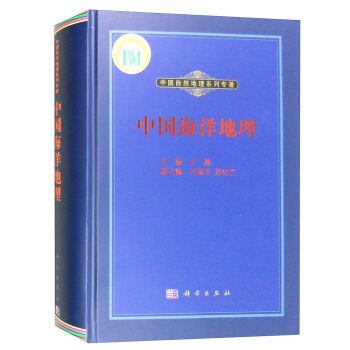
![西藏高原水文特征及其数学模拟 [The Hydrological Features and Their Dynamic Simulation in Tibet Plateau] pdf epub mobi 电子书 下载](https://pic.windowsfront.com/11925906/57c53906Nd55dcd76.jpg)
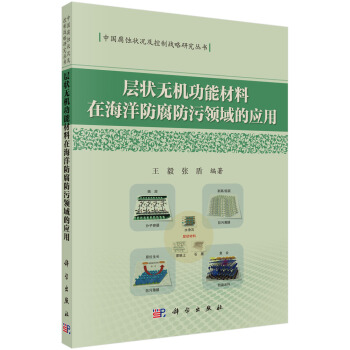
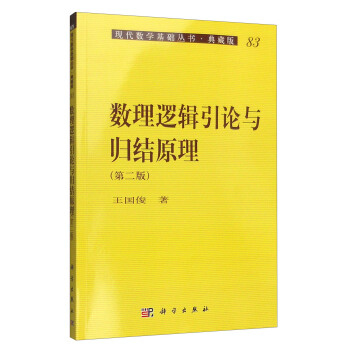
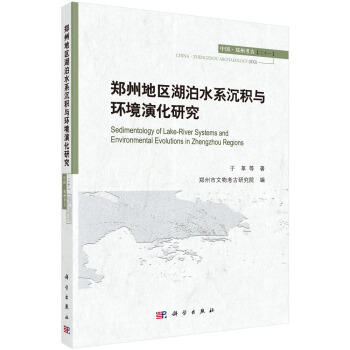
![数论导引提要及习题解答 [The Number Theory Guidance and Problem Solutions] pdf epub mobi 电子书 下载](https://pic.windowsfront.com/11930102/57329599N7a7218c5.jpg)


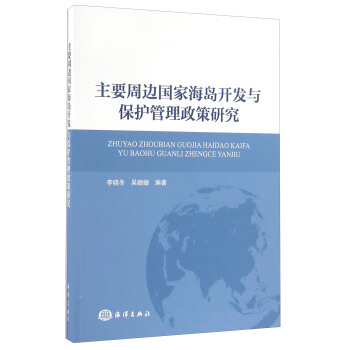
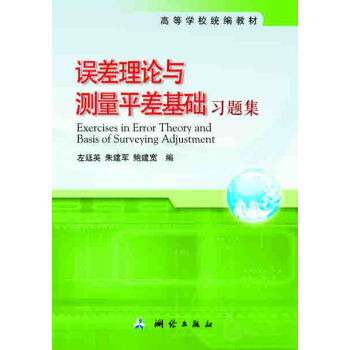
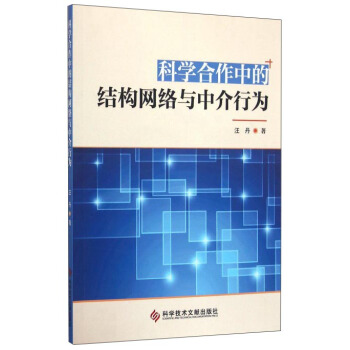







![国外数学名著系列(续一 影印版)56:几何II 常曲率空间 [Geometry 2:Spaces of Constant Curvature] pdf epub mobi 电子书 下载](https://pic.windowsfront.com/11946874/5773bd83N437a9390.jpg)
